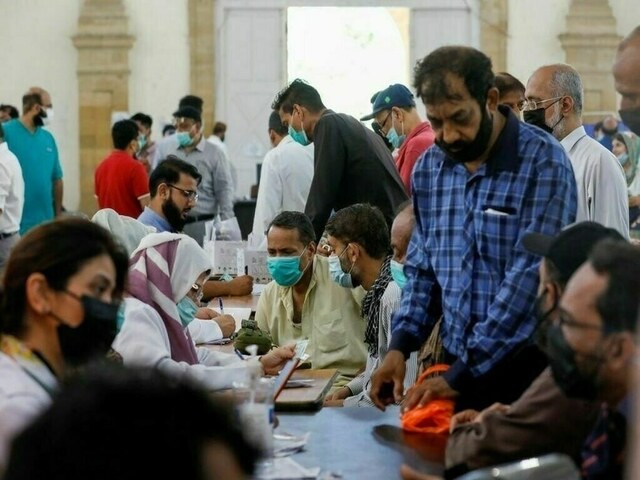Is Your Child Fit for the Future? Key Health & Fitness Benchmarks for 2025

As kids across British Columbia (B.C.) head back to school, the focus naturally shifts to academics. But alongside books and classrooms, there's a renewed opportunity to prioritize physical activity and overall well-being. With 2025 just around the corner, it’s crucial to understand what fitness benchmarks matter for our children's health. This isn't just about running faster or jumping higher; it's about building a foundation for a lifetime of health and resilience.
Why Focus on Fitness Now?
Childhood obesity rates remain a significant concern, and sedentary lifestyles are increasingly common. Establishing healthy habits early on can mitigate these risks and set children up for a future free from preventable health issues. Furthermore, physical activity has been linked to improved cognitive function, better sleep, and reduced anxiety – all vital for academic success and overall well-being.
Key Benchmarks to Consider (2025 & Beyond):
- Cardiovascular Endurance: This isn't just about being able to run a mile. It's about the ability to sustain moderate activity for an extended period. In 2025, we'll be looking at children who can comfortably participate in activities like brisk walking, cycling, or swimming for at least 60 minutes most days of the week. Assessments might include timed walks or runs, or simply observing their ability to keep up during active play.
- Muscular Strength & Endurance: Strong muscles support bones and joints, improve posture, and contribute to overall physical competence. Age-appropriate exercises like push-ups (modified on knees if necessary), squats, and carrying light weights can build strength. Focus on proper form to prevent injuries.
- Flexibility: Good flexibility reduces the risk of injuries and allows for a greater range of motion. Simple stretching exercises, incorporated into daily routines, can significantly improve flexibility. Think reaching for toes, arm circles, and torso twists.
- Body Composition: While not the sole indicator of health, body composition (the ratio of fat to muscle) provides valuable information. Focus on healthy eating habits and regular physical activity to achieve and maintain a healthy weight. Consult with a pediatrician or healthcare professional for personalized guidance.
- Movement Skills: Beyond basic fitness, assess a child's ability to perform fundamental movement skills like throwing, catching, kicking, and hopping. These skills are essential for participation in sports and recreational activities and build confidence.
Beyond the Numbers: Holistic Health
It's important to remember that fitness is more than just numbers and benchmarks. It's about fostering a positive relationship with physical activity. Encourage children to find activities they enjoy, whether it's dancing, playing tag, or exploring the outdoors. Make it fun, social, and sustainable.
Looking Ahead to 2025: The Role of Technology
We can expect technology to play an even greater role in tracking and assessing children's fitness in 2025. Wearable devices, fitness apps, and interactive games can provide valuable data and motivation. However, it’s crucial to use these tools responsibly and avoid creating undue pressure or anxiety.
Partnering for Success
Achieving these fitness benchmarks requires a collaborative effort. Parents, educators, healthcare professionals, and the community all have a role to play in creating a supportive environment that prioritizes children's health and well-being. Let's work together to ensure our kids are fit, healthy, and ready to thrive in 2025 and beyond.






